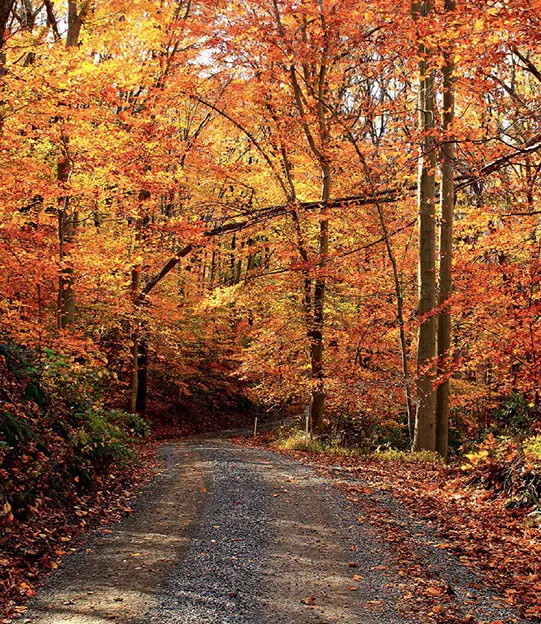Covering roughly 30 percent of the Earth’s land, forests play a crucial role in our planet’s ecosystem. Among these, temperate deciduous forests, known for their broad-leaf trees that seasonally shed leaves, cover significant areas in North America, Europe, southern Scandinavia, and East Asia. These forests are characterized by a variety of trees like oak, elm, beech, and maple, along with a rich undergrowth adapted to the alternating light conditions.
Temperate deciduous forests experience moderate rainfall and feature warm summers and cool winters. The most striking aspect of these forests is the seasonal transformation – the lush greenery of spring and summer gives way to the brilliant yellows, reds, and oranges of autumn as leaves prepare to fall. This spectacular change not only contributes to the forest’s beauty but also makes it a popular destination for tourists seeking to experience the vibrant fall colors.
The ecosystem of these forests is diverse and dynamic. Spring ephemeral plants bloom just before the tree canopy closes, taking advantage of the sunlight. The canopy itself supports various bird species, while the forest floor is home to mammals like raccoons, foxes, deer, and bears. The seasonal shifts play a significant role in the behavior of these animals, with some, like bears, adapting through hibernation.
Despite their ecological importance, temperate deciduous forests, like other forest types, are under threat due to human activities such as urbanization and deforestation. In response to these challenges, the United Nations declared 2011 as the International Year of Forests, emphasizing the need for sustainable management and conservation of these vital ecosystems.

